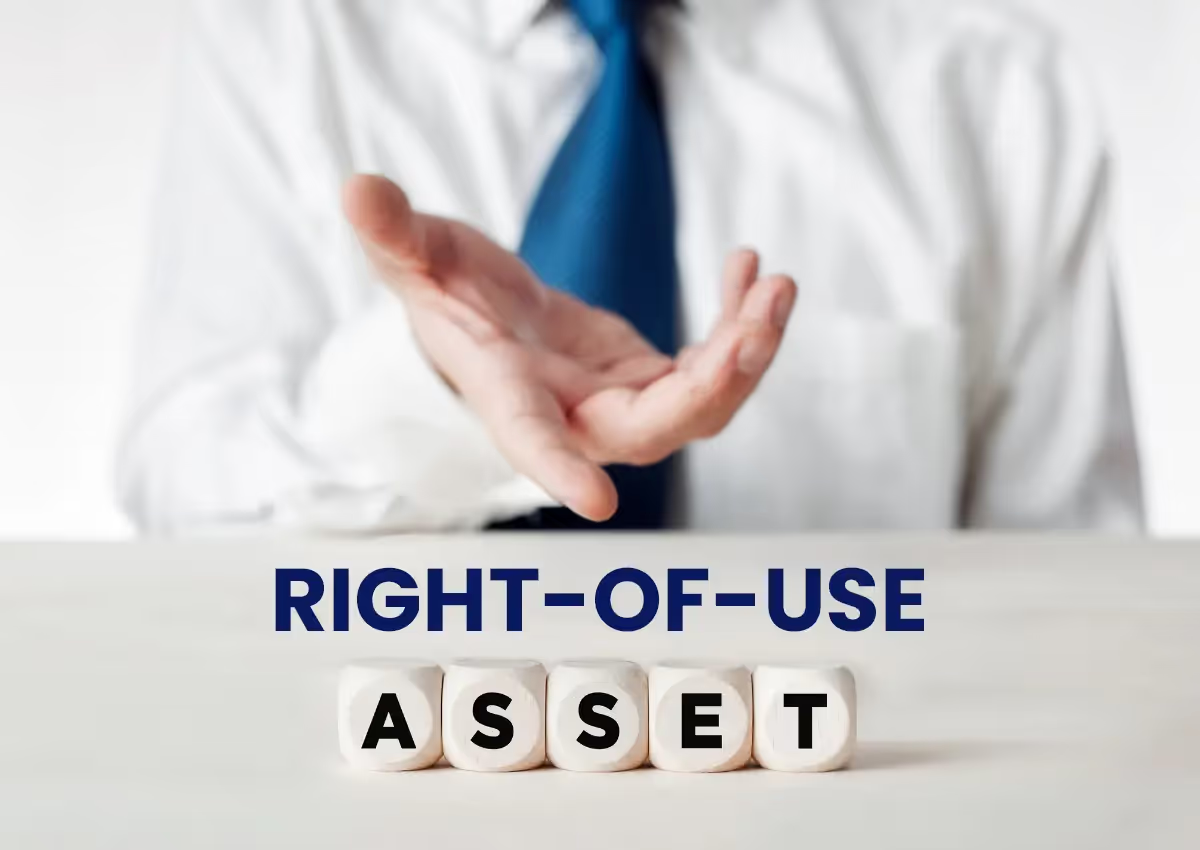Mastering bad debt expense: A guide for accountants
Delve into the intricacies of bad debt expense, its importance in financial accounting, and how it can impact your business with this comprehensive guide.

In this post, we will delve into the intricacies of bad debt expense, its importance in financial accounting, and how it can impact your business.
We will explore the definition of bad debt expense, its significance, benefits, and alternatives. By understanding the ins and outs of bad debt expense, you can optimize your accounting processes, enhance financial reporting accuracy, and make informed decisions to mitigate credit risks.
Join us as we unravel the complexities of bad debt expense and empower you to take control of your financial operations.
What is a bad debt expense?
Bad debt expense refers to the amount of money a business writes off as uncollectible from its accounts receivable. It is a provision made by companies to account for potential losses due to customers' non-payment or default on their outstanding balances. Bad debt expense is an important aspect of financial accounting as it reflects the realistic value of accounts receivable and impacts the accuracy of financial statements.
An example of a bad debt expense is when a company provides goods or services to a customer on credit but fails to receive payment due to the customer's financial difficulties, bankruptcy, or refusal to pay. For instance, if a retailer sells products to a customer with a credit arrangement but later discovers that the customer is unable to make the payment, the outstanding balance becomes a bad debt expense.

How does bad debt expense work?
When a business sells goods or services on credit, it records the transaction as an account receivable. However, not all customers fulfill their payment obligations, leading to bad debts. To account for this, companies estimate the potential losses and create a provision for bad debt expense. This provision is deducted from the total accounts receivable to determine the net realizable value—the expected amount a company can collect.
There are two common methods used to account for bad debt expense:
Direct write-off method
Under this method, bad debts are directly written off when they are identified as uncollectible. The specific customer's account is debited, reducing the accounts receivable balance, and the bad debt expense account is credited. However, this method does not adhere to the matching principle of accounting, as bad debts may be recognized in different periods from the corresponding sales.
Allowance method
The allowance method is the more commonly used approach. It involves creating an allowance for doubtful accounts, which is a contra-asset account deducted from accounts receivable on the balance sheet. The bad debt expense is then estimated and recorded as an adjusting entry. This method follows the matching principle by recognizing bad debts in the same period as the corresponding sales.
Importance of managing debt expense
Implementing a well-managed bad debt expense process offers several benefits to businesses:
- Accurate financial statements: By recording bad debt expense, companies provide a more accurate representation of their financial position. It reflects the potential losses and ensures that accounts receivable are stated at their net realizable value.
- Improved cash flow management: Recognizing and planning for potential bad debts helps companies manage their cash flow effectively. It minimizes surprises and allows for better forecasting and budgeting.
- Reduced tax liability: Writing off bad debts can result in tax deductions, reducing a company's tax liability. This can provide financial relief and optimize tax planning strategies.
- Credit policy evaluation: Analyzing bad debt expense helps evaluate the effectiveness of a company's credit policy. It provides insights into the creditworthiness of customers and can guide the implementation of stricter credit terms or enhanced collection efforts.
- Profitability analysis: Bad debt expense affects a company's profitability. By recognizing and accounting for bad debts, businesses can assess the impact on their bottom line and make informed decisions.
Where are bad debt expenses recorded?
The entry for bad debts is recorded in the financial statements of a company, specifically in the income statement and balance sheet. Here's how the entry is typically recorded:
- Income statement: Bad debt expense is recognized as an expense in the income statement. It is subtracted from the gross sales or accounts receivable revenue to calculate the net sales or net revenue.
- Balance sheet: The allowance for doubtful accounts, which is a contra-asset account, is reported on the balance sheet. It reduces the accounts receivable balance to reflect the estimated amount of potential bad debts. The allowance for doubtful accounts is typically presented as a deduction below the accounts receivable line item.
Simplify accounting processes with Netgain
Bad debt expense is a vital aspect of financial accounting, ensuring accurate reporting, and enabling businesses to manage credit risk effectively. By understanding the concept, benefits, and alternatives to bad debt expense, accountants can make informed decisions and maintain healthy financial operations.
As technology continues to shape the accounting landscape, leveraging advanced accounting software becomes crucial for efficient management of bad debt expense. At Netgain, we specialize in developing innovative solutions that simplify, standardize, and automate finance and accounting processes. Our products emphasize controls and auditability, empowering accountants to streamline their workflows, enhance accuracy, and effectively address challenges related to bad debt expense and compliance.
To explore how our solutions can revolutionize your finance and accounting practices, reach out to our team today.
Frequently asked questions about bad debt expense
How does bad debt expense affect the balance sheet?
Bad debt expense reduces the accounts receivable balance on the balance sheet. It is recorded as a contra-asset account, such as an allowance for doubtful accounts, which reflects the estimated amount of potential bad debts.
What factors contribute to estimating bad debt expense?
Several factors influence the estimation of bad debt expense, including historical collection patterns, industry norms, economic conditions, customer creditworthiness, and the effectiveness of collection efforts.
Can bad debt expense be reversed or adjusted?
Bad debt expense can be adjusted or reversed if the original estimate was incorrect. If it is determined that the provision was excessive or insufficient, an adjusting entry can be made to rectify the balance.
Is bad debt expense tax-deductible?
In most jurisdictions, bad debt expense is tax-deductible. However, specific tax regulations may vary, and businesses should consult with tax professionals or local tax authorities for accurate guidance.
Can bad debt expense be recovered through legal action?
In some cases, businesses may pursue legal action to recover bad debts. The decision to initiate legal proceedings depends on various factors, such as the amount owed, the likelihood of success, and the cost-benefit analysis. Legal action should be considered as a last resort after exhausting other collection efforts.
Can bad debt expense impact a company's credit rating?
Bad debt expense itself does not directly impact a company's credit rating. However, if a company has a high level of bad debt expense or consistently incurs significant losses due to uncollectible debts, it may negatively affect the company's financial health and, consequently, its creditworthiness.
Can a company recover bad debt expense in a subsequent fiscal year?
No, bad debt expense represents the amount written off as uncollectible in the current fiscal year. If a customer later pays a previously written-off debt, it would be recorded as a separate transaction and would not directly offset the original bad debt expense.

